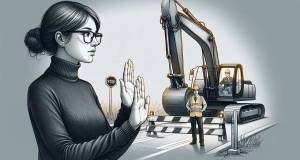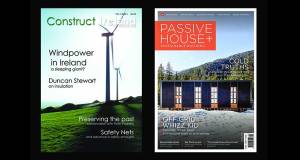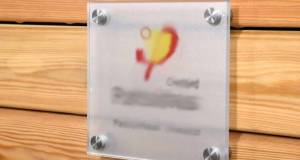
- Blogs
- Posted
What is the next frontier for low energy building?
It's not too hard to remember a time when 'passive house' was a rare, hallowed term. Of course it is still the zenith of low energy building. But there was a time only a few years ago, at our predecessor magazine Construct Ireland, when the possibility of featuring a certified passive house only came along every couple of issues.
We snapped up and featured pretty much every certified passive building that we could. Gradually the number of projects meeting the standard grew and grew, culminating in our passive house 'special edition' of Construct Ireland, which featured over a dozen projects and was the most successful ever issue of the magazine. The success of that issue played a part in our thinking to rebrand.
Now, we're at a point where we can't feature every certified project, where we need a story that makes a project even more interesting, beyond just its passive house cert. And we're starting to see the standard move from rare, one-off projects pushed through by committed greenies to something all sorts of projects aim to reach, from schools and offices to social housing and speculative developments.
And, as our latest 'cost' issue shows, we're also starting to see the expense of building to the standard come down too, with architects and designers starting to reach it for the same cost as conventional build in some cases.
So all of this begs a question: where does low energy building go from here? Maybe one day I'll be proved spectacularly wrong, but I don't see much point in pushing beyond passive in terms of space heating consumption. After all, the whole point of the standard is that buildings meeting it consume a tiny amount of energy for space heating.
So what's the next frontier? I'm asking not because I have ideas myself, but because I'm uncertain. But there are no shortage of exciting possibilities.
Maybe the next frontier is to focus on further developing inter-seasonal storage technology for solar thermal, so that solar systems can provide what little energy demand is left — for space heating and hot water — into the winter? Or maybe drastically cutting the life-cycle carbon footprint of buildings should be the next big target? Or incorporating passive, demand controlled ventilation into more ultra low energy projects? Or perhaps we should start thinking about the quality of buildings and developments in a much more holistic way — like Architype are doing with their ArchiHaus project?
All of these are exciting possibilities. But I think there is a more immediate goal for low energy building: to push the passive house standard as far and wide as possible. When you work in this small sector, it's easy to fall under the impression that passive house is a universally understood and cherished concept. But talk to the proverbial man on the street and you'll find pretty quickly that's not the case. Even talk to some professionals in the building trade and you might find yourself surprised.
So perhaps the next big leap forward for the passive house community isn't a technical one, but one of communication: to really make sure anyone thinking of building is at the very least considering going for the passive house standard or near it — whether they call it a 'passive house' or not — and to keep pushing for building regulations to head in the same direction.
Related items
-
 Reimagining the architect
Reimagining the architect -
 Medite Smartply makes TU Dublin green building donation
Medite Smartply makes TU Dublin green building donation -
 Big picture - New Zealand rural passive home
Big picture - New Zealand rural passive home -
 Podcast: what we've learned from 20 years in green building mags
Podcast: what we've learned from 20 years in green building mags -
 45,000 more Irish homes face radon risk, new maps reveal
45,000 more Irish homes face radon risk, new maps reveal -
 Passive house 30 years on: qualified success or brilliant failure?
Passive house 30 years on: qualified success or brilliant failure?

